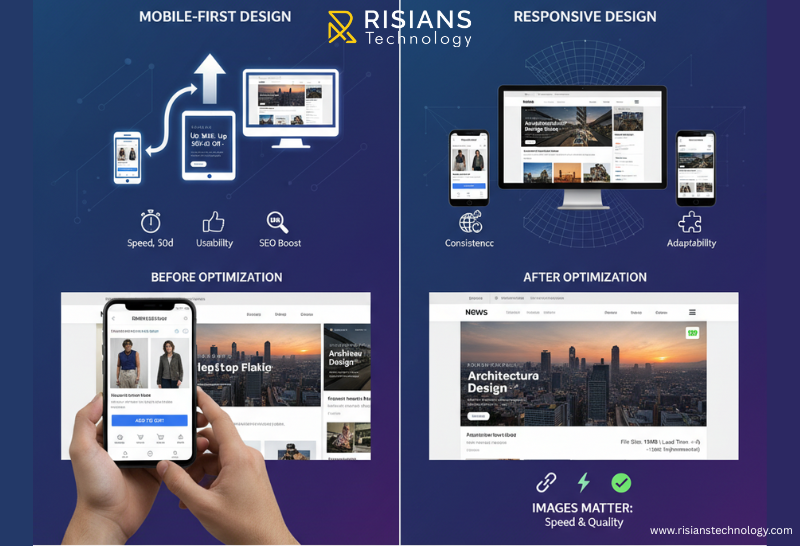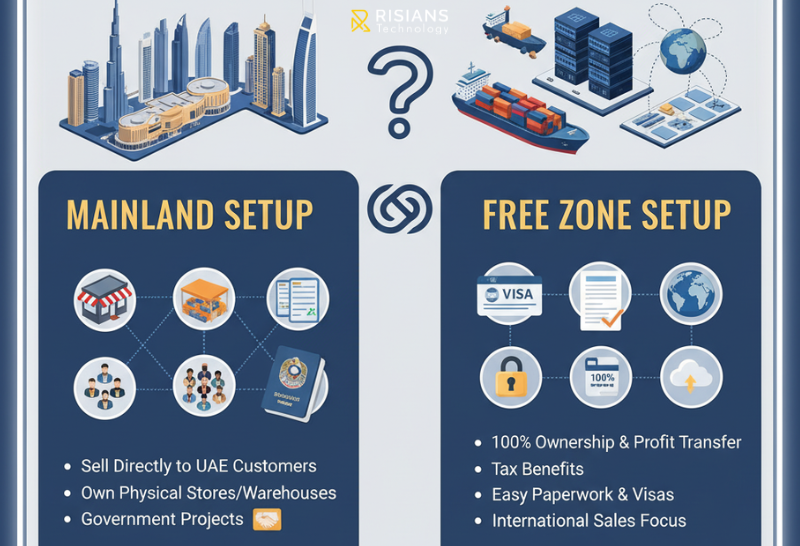Best Proven Way To Get Indexed Your Website In Google
If your website is live on the web but not indexed by google. Then you are losing organic traffic because google has no data of your website. And the website will not be shown in the SERP (Search Engine Result Page) and losing organic traffic.
In this informative article, you will get to know how to fix the indexing problem.
Before starting, let’s take a look at crawling and indexing.
What is crawling and Indexing?
Google finds the new web pages by crawling the web. Crawling is done by google bots. Google bost is also called web spiders.
Google spider visits the website and reads each webpage of the website via internal linking. After that, the indexing process is started. the indexing process of sorting each page in a database.
Here is the video from google. That helps you to understand the process of crawling and indexing.
When we search for something in Google, it shows you the best result to solve your search query from the huge database. Google algorithms sort the pages effectively; that’s why it shows better results than other search engines.
Well, the Raking and indexing of the website both are different things. Don’t be confused.
How To Check If Your Website Is Indexed In Google.
1. If you want to check specific URLs, use this string. For eg. Site:yourdomain.com/service/Search in the google “site:yourdomain.com”. To understand well. We take our website as an example.
Our website name is risianstechnology.com
The about number shows the rough idea, how many pages of the website were indexed by google.
If you want to check specific URLs, use can also same string. For eg. Site:yourdomain.com/service/
If you are using the google search console. Then you can see the coverage report or use URL inspection.
Another way to know is to search your URL in Google, not in the slug. See the below Image.
How to Get Indexed in Google?
- Sitemap - Create the XML sitemap and submit it to the google search console. If you don’t have a sitemap then you need to create it. sitemap generator.
Once you have created the sitemap. Now you need to submit it to the search console.
Open the console and on the left, there is a sitemap option. Click on it and submit your sitemap URL. See the below image.
Note:- Your sitemap Url will be yourdomain.com/sitemap.xml.
Give a couple of days to google to index your website. - URL Inspection Tool in Search Console - To check a particular URL was indexed by google. And, To get an index. Open the console and navigate to the url inspection tool. Past the URL that you want to check or get indexed. Wait for a while when google is checking the url.
If you found the url on google. It means the page has been indexed by google. If you found the URL is not in google. Then you can click on the request indexing button.
This is the best practice when you add new posts and pages. By doing this you are telling google that we have added something new to the website. - Share Your URL - Share your website url on social media sites like Facebook, Twitter, Linked In, etc. On the social media website, google spiders visit many times in a day. Because a ton of content is updated in a day by social media users. To get an index that content google spider and other search engine spiders visit more times in a day.
Things That Prevent Google To Index The Website
Check out the following things. That prevents google to index the website.
- No index tag in Web Pages.
- Bots are blocked by the robots.txt file.
- Website protection
- Url is not mentioned in the sitemap.
- Wrong Canonical Tag
- Orphan page.
- Nofollow tag internal link
- Low quality page.
1. No Index Tag in Web Pages - Search engine bots follow the robots tag which we add in the header of the webpage.
<meta name="robots" content="index, follow" />
index - It tells the spiders that the webmaster allows us to crawl the website and get it indexed. If you are using NO index tag then the page will not be indexed because the webmaster is not allowing bots to index the page.
Follow - It means we want spiders to follow the hyperlinks. If we use NO follow, it means we are not allowing the spiders to follow the hyperlinks.
If we don’t want to index a particular page, then we can use a no-index tag.
2. Bots are blocked by the robots.txt file - If your entire website is not indexed by google. It may be that we have blocked the url with the robots.txt file.
To check this open your robots.txt file check.
- If you found
User-agent: googlebot
disallow: /
Or - User-agent: *
disallow: /
Both things prevent bots from indexing the entire website
Use this to get index your whole website
- User-agent: *
allow: /
If you don’t want to get index particular page then you do like this
- User-agent: *
allow: /
disallow: /URL
This indicates we prevent the bots to index the service page. And want to index other pages.
3. Website Protection - Some types of websites need to use malware, protection software, etc to keep business information safe. But sometimes malware, protection software prevents the crawlers, and then a website is not indexed.
4. Url is not mentioned in the sitemap - Sitemap helps the crawlers to get information about the website. And also tell which links are important and which are not.
If the url is not listed in the sitemap so it’s not mean google will not index the page. Including all the in the sitemap is good practice. Because google spiders can find the url easily and not become difficult to find.
5. Wrong Canonical Tag - Our website homepage url has four versions.
https://yourdomain.com
http://yourdomain.com
http://www.yourdomain.com
https://www.yourdomain.com
By using a canonical tag we define the preferred url.
Canonical syntex = <link rel="canonical" href="https://yourdomain.com" />
If we don’t define canonical tag then spiders can decide any version for index.
Sometimes we use the canonical tag but that page are not exist then google will not index the page.
6. Orphan Page - Orphan pages are those pages that are not indicated by the internal linking. Google finds the pages via internal linking, but they are not able to find the orphan pages. The user also can’t find the orphan pages.
7. Nofollow tag Internal link - If your website's internal links have a nofollow tag then google bots don’t crawl the link. “Nofollow” tag tells the bots that don’t pass the page rant or link juice and also crawl the pages.
If your website's internal links have a nofollow tag then google bots don’t crawl the link. “Nofollow” tag tells the bots that don’t pass the page rant or link juice and also crawl the pages.
8. Low Page Quality - Google doesn’t like to index those pages that don’t give value to the users. In simple terms google love index good, user-friendly, and inspiring peages. Make your pages good, user-friendly, and inspiring.
Hope this information helps to fix your indexing issues. If you have any issues feel free to contact us.









